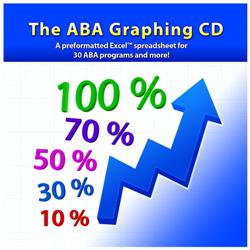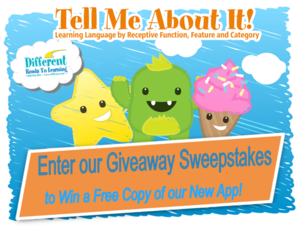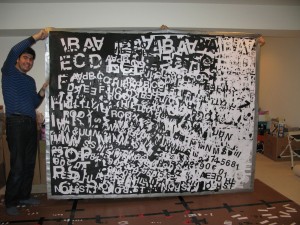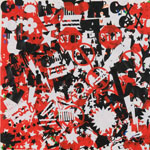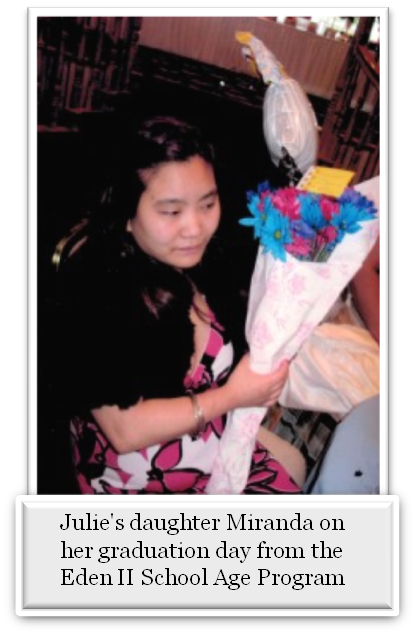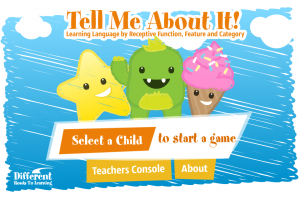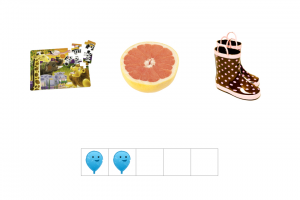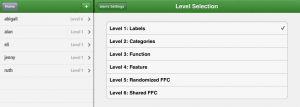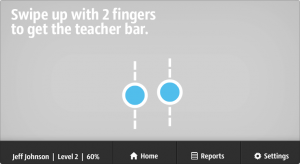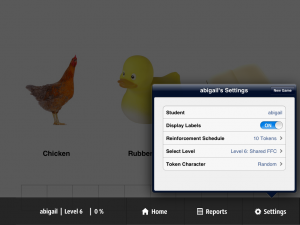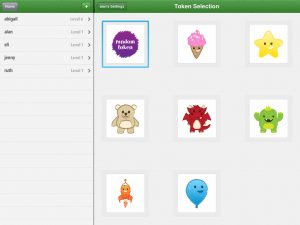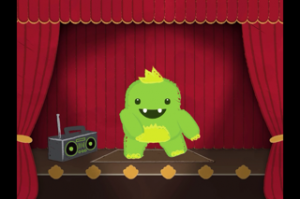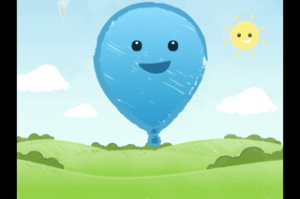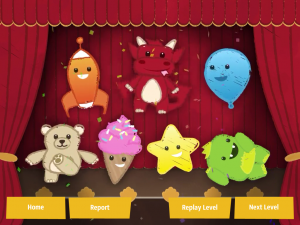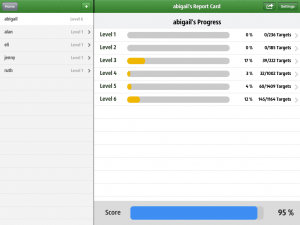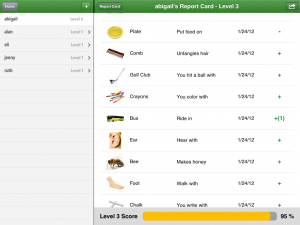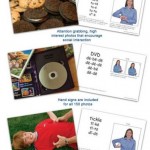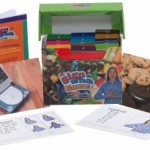New York, NY, March 5, 2012 – Different Roads to Learning, Inc., a global retailer of educational products for children diagnosed with Autism Spectrum Disorder and other developmental disabilities, today announced the launch of Tell Me About It! Learning Language by Receptive Function, Feature & Category, an iPhone/iPad app for developing early language skills.
This app uses Applied Behavior Analysis (ABA), a systematic teaching approach that involves breaking down skills into small, easy-to-learn steps. ABA is the only evidence-based effective intervention treatment for Autism endorsed by the American Academy of Pediatrics and the United States Surgeon General. The Tell Me About It! App is now available for $9.99 at itunes.
“A new wave of educational apps has been on the rise since the iPad first launched; now, they are more efficient and visually stimulating than ever. These apps are especially pertinent in the early education of children with Autism Spectrum Disorders. We are pleased to develop the Tell Me About It! App, which covers the basic foundations of language for children diagnosed with Autism. Our Tell Me About It! App for the iPhone and iPad allows parents and professionals to apply ABA in any setting,” said Julie Azuma, CEO of Different Roads to Learning, Inc., which she founded in 1995 after her daughter was diagnosed with Autism.
“Mimicking an actual one-on-one instructional session with a therapist, the app utilizes Discrete Trial Teaching, a method of teaching students with Autism and other language or developmental delays by breaking skills into the smallest possible steps, teaching each step intensively until its mastered, providing repetition, prompting incorrect responses, and using positive reinforcement. It’s like having a personal tutor at your fingertips,” said Abigail Schlaifer, VP Sales & Marketing. She added, “Teachers, parents, and psychologists can delve into the Teacher’s Console to control the difficulty settings for each student, and will appreciate the Student Report Card, which displays data for each student with an option to email results.”
About the Development of the Tell Me About It! App
The concept for this app was developed by Stacy Asay, LMSW, and Abigail Schlaifer for Different Roads to Learning and created by Infusion, which combines expert software engineering with appealing user experiences.
Different Roads to Learning was one of ten small businesses selected for the CEO-UBS Small Business Advisory Program, a philanthropic partnership between UBS Wealth Management Americas and the William J. Clinton Foundation. As a participant in the Program’s New York Metro Area pilot, Different Roads to Learning received six months of pro-bono strategic financial and business advice from a UBS Financial Advisor and a dedicated client. The app is a product of this mentorship program. For more information, visit itunes.
Here are the reviews on the app:
About Different Roads to Learning
Founded 17 years ago by the mother of a child diagnosed with Autism, Different Roads to Learning understands and embraces the unique needs of every child on the spectrum and strives to enable parents and professionals to help children grow to their full potential by offering over 500 of the most progressive and carefully researched quality products in support of the Autism Community. Visit www.difflearn.com. Read our blog. Like us on Facebook. Follow us on Twitter.
For more information, please contact:
Product: Abigail Schlaifer, (212) 604-9637 or abigail@difflearn.com
Media: Julie Huang, Kaimen Company for Different Roads to Learning, (888) 989-8808 x703 or (917) 807-0718 or julie@kaimenco.com

